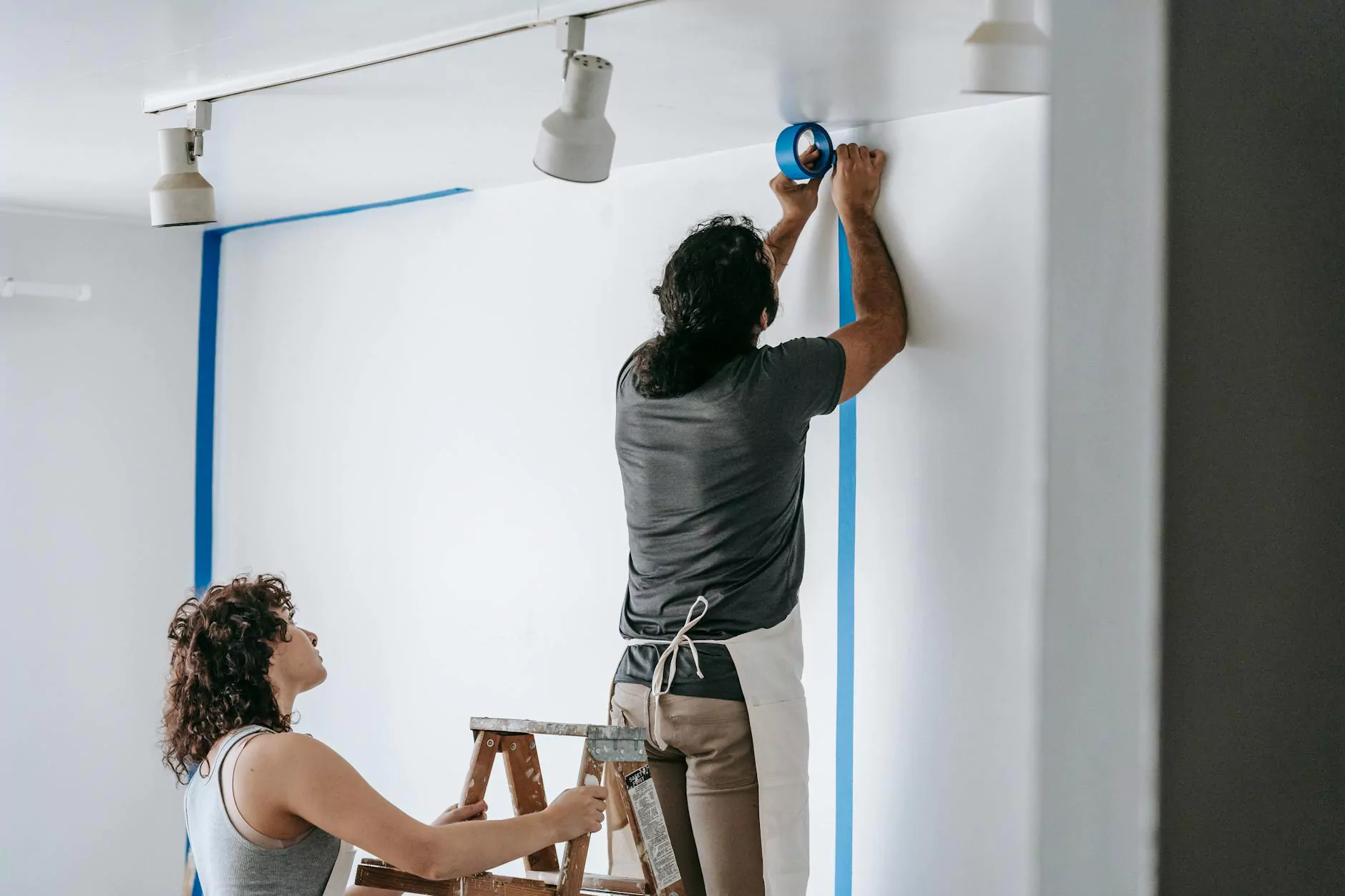Understanding Plaster and Cement Surfaces for Pool Renovations

When it comes to enhancing the beauty and functionality of your swimming pool, plaster and cement surfaces play a crucial role. As essential components that define the look and longevity of your pool, understanding their properties can significantly elevate your renovation efforts. In this comprehensive guide, we will delve into the different aspects of plaster and cement surfaces specifically for pools, aiming to equip you with the knowledge needed for a successful renovation.
1. The Importance of Plaster and Cement Surfaces in Swimming Pools
Plaster surfaces are not merely aesthetic; they serve several vital purposes:
- Water Retention: A quality plaster coating ensures that your pool retains its water, effectively preventing leaks.
- Aesthetic Appeal: The plaster forms a smooth, beautiful surface that can significantly enhance the visual appeal of your swimming pool.
- Durability: High-grade plaster materials create a robust barrier against water and chemicals, extending the life of your pool.
- Comfort: A well-finished plaster surface provides a comfortable texture that is gentle on the skin for swimmers.
2. Types of Plaster and Cement Surfaces
There are various types of plaster and cement surfaces to consider for your pool. Each comes with unique properties and benefits:
2.1 Standard Pool Plaster
This is the most common type of pool plaster, primarily made from a mixture of cement, sand, and water. It's affordable and provides a classic finish.
2.2 Aggregate Pool Plaster
Aggregate plaster includes materials like quartz, glass beads, or pebbles within the plaster mix, offering a more decorative and durable surface. It often comes with a premium price tag, offering unique colorations and textures.
2.3 Pebble Tec
Pebble Tec is a mixture that includes small pebbles in the plaster surface. This type is low-slip and visually stunning, giving your pool a natural, earthy look.
2.4 Diamond Brite
Diamond Brite features an exposed aggregate finish that provides superior durability and aesthetic appeal. It is ideal for those looking for elegance combined with resilience.
3. Benefits of Choosing the Right Plaster and Cement Surfaces
Choosing the correct type of plaster or cement material can greatly affect the overall experience of using your pool. Below are some compelling benefits:
3.1 Enhanced Longevity
The right surfaces can last for up to 15 to 20 years with proper maintenance, providing long-term value.
3.2 Reduced Maintenance
Investing in high-quality plaster or cement can help reduce the frequency of resurfacing required, saving you time and money in the long run.
3.3 Improved Aesthetics
The visual appeal of your pool can be vastly improved by selecting the right plaster finish, creating an inviting atmosphere for gatherings and relaxation.
4. Maintenance Tips for Plaster and Cement Surfaces
Even the best plaster and cement surfaces require proper care to maintain their integrity and beauty.
4.1 Regular Cleaning
Make it a habit to regularly brush the pool surface to remove debris and prevent algae buildup. A clean pool not only looks appealing but also enhances the life of the plaster.
4.2 Balanced Water Chemistry
Regularly test and balance your pool’s pH levels. An unbalanced chemical composition can lead to etching and reduce the life expectancy of your plaster.
4.3 Prompt Repairs
Address any signs of damage immediately. Small cracks or stains can lead to significant problems if not dealt with swiftly.
5. Professional Pool Renovation Services
While DIY projects can be enjoyable, entrusting the renovation to professionals assures quality workmanship and longevity. Here’s why you should consider hiring experts:
5.1 Experience and Knowledge
Professional services come equipped with years of experience and technical knowledge, ensuring the best materials and techniques are employed.
5.2 Advanced Tools and Techniques
Professionals have access to advanced tools and methods, which ensure that the plastering process is performed efficiently and accurately.
5.3 Warranty and Assurance
Many professional services offer warranties that can protect your investment and provide peace of mind regarding the quality of work.
6. The Cost of Renovating Pool Surfaces
The cost of pool surface renovation can vary widely based on several factors including:
- Type of Plaster: Different plaster types come with different price points.
- Size of the Pool: Larger pools will require more materials and labor.
- Condition of Existing Surface: If significant repair work is needed, costs will increase.
- Your Location: Prices can vary based on geographical location and local market conditions.
7. Conclusion
Investing in the right plaster and cement surfaces for your swimming pool renovation is critical to ensuring beauty, durability, and comfort. Knowledge of the various types available, along with a commitment to proper maintenance, will enhance your swimming experience for many years to come. Do consider the advantages of professional services for a thorough and dependable renovation process.
For more information on quality pool renovation and plastering services, visit poolrenovation.com.
https://www.poolrenovation.com/plaster-cement-surfaces/


